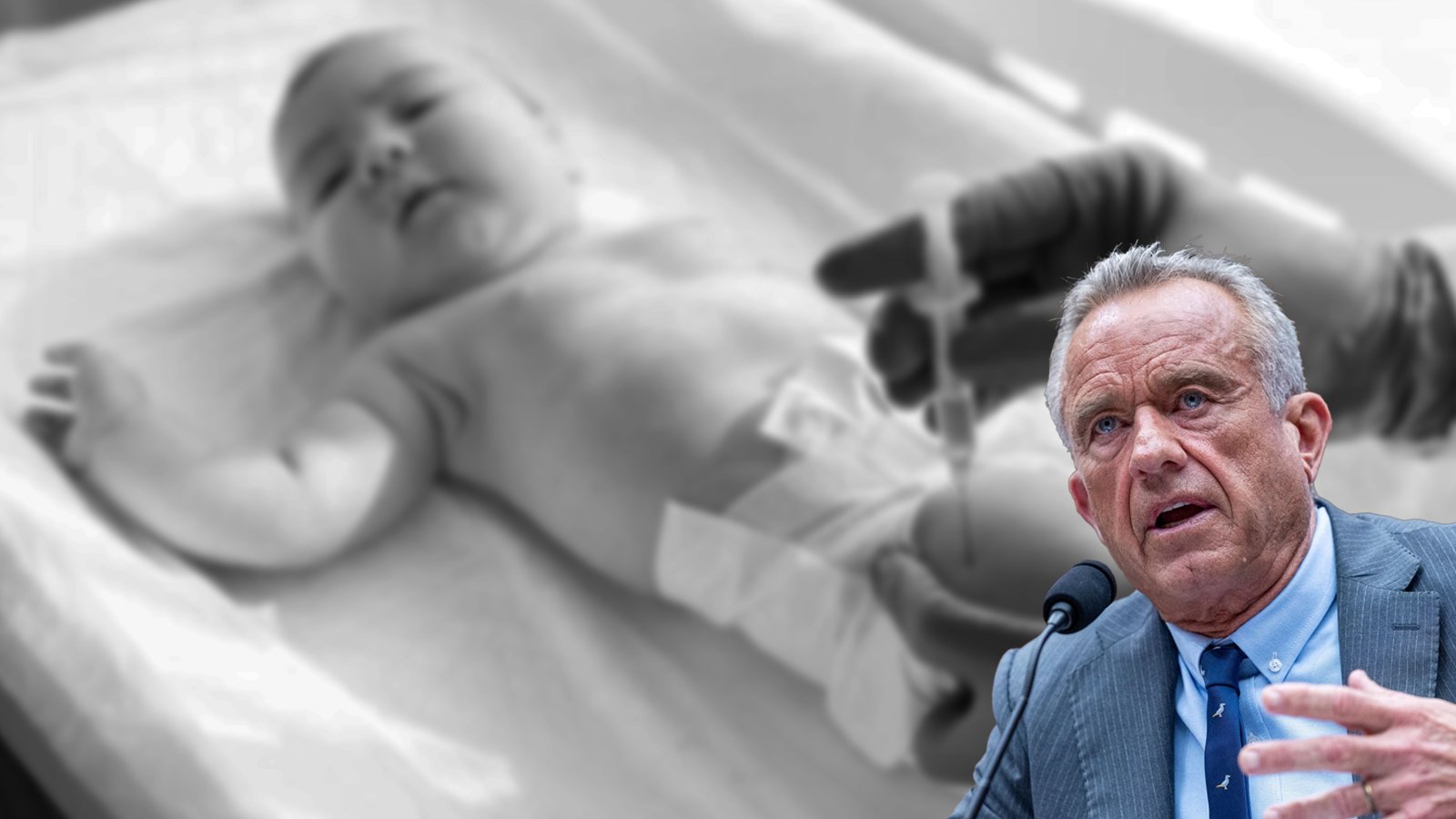
Did someone forward you this? Subscribe here free!
By Max Frost
History makes the news: In this weekly series, we look at a historical event and how it has shaped the world today. This week’s installment looks at Bretton Woods, where a debate between two men reshaped the global economy.
By mid-1944, the end of World War II was finally within sight. The Allies were steadily closing in on victory after years of devastating conflict. Yet battles still raged in Europe and the Pacific, and another crucial front was opening – one that would determine the world’s economic fate.
The war had left Europe and Asia in ruins: Up to 70% of Europe’s industrial production was destroyed, 3% of the world’s population killed, and nearly as many people homeless. Continental Europe’s GDP had fallen by as much as 40%; swaths of Asia were similarly decimated. Global trade had practically stopped.
With the war’s end in sight, world leaders needed a plan for how to both rebuild and create a stable post-war economic order. Foremost in their minds were two things: Avoiding the catastrophic mistakes made after World War I, which helped trigger both World War II and the Great Depression, and the Great Depression, which started in 1929, lasted into the 1930s, and impoverished tens of millions.
In Allied capitals, a debate was raging about how to proceed. At its center stood two economists: Britain's John Maynard Keynes and America's Harry Dexter White.
The men were near opposites: Keynes was born into the British elite and attended Eton, one of England’s two most prestigious schools, and Cambridge, where his father was a professor. During the Great Depression, his theories – calling for government spending to offset the contraction – shaped the global response and made him a celebrity. “Keynesian” came to refer to an entire school of economics that emphasized government intervention in the economy.
White, by contrast, was anything but elite: Born in Boston to Lithuanian Jewish immigrants, he served in the Army in World War I and didn’t enter college until age 29. Despite that, he received a PhD from Harvard and worked his way through the ranks of government. Yet while Keynes was a global celebrity, few people outside of economist circles knew White’s name.
Throughout 1944, the pair put forward rival ideas for how to shape the postwar global economy. A winner would soon be chosen – and alter the path of history.

In July 1944, delegates from 44 Allied countries convened at Bretton Woods, a resort town in New Hampshire. The topic of the conference was: How to repair the war’s devastation while creating lasting stability and growth that would avoid another Great Depression.
Keynes and White knew each other and had been exchanging letters about this question. Now, the intellectual heavyweights came face to face for one final showdown.
The rest of this report is for paid subscribers, who fund our journalism. If you start a two-week free trial today, you’ll be automatically entered to win a free year. Once you sign up, you can access all of our articles here!

Editor’s Note
Thank you all for reading. Over the years, we’ve received a lot of requests to do a deep-dive on the US dollar, how it became the world’s go-to currency, and where it’s headed next. This is part one of our series answering those questions. Next Sunday, we’ll examine the end of the Bretton Woods agreement and how that would once again reshape the global economy.
And if you’re catching up on the latest Roca installments this morning, you can find them here:
That’s all, enjoy the rest of your weekends. See you tomorrow.
—Max and Max




